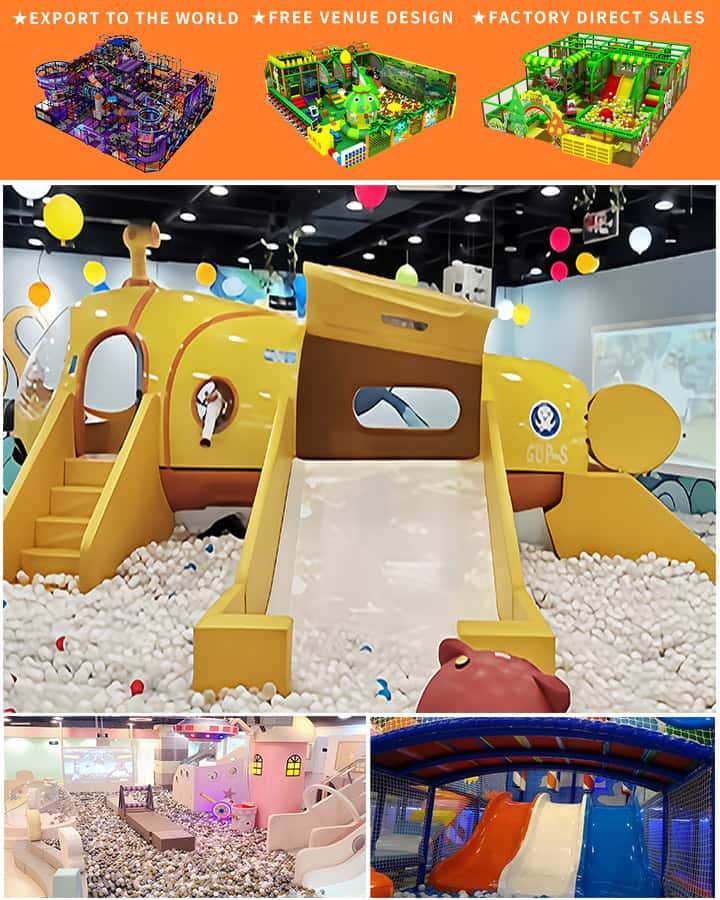Ensuring that playgrounds are accessible and enjoyable for all children, including those with autism, is crucial for fostering inclusivity and promoting the physical and social development of every child. Playground equipment designed with the specific needs of children with autism in mind can provide a safe, stimulating, and accommodating environment. Here’s a look at some ideal playground equipment that caters to children with autism, helping them engage, explore, and have fun alongside their peers.
Sensory-Stimulating Structures
Children with autism often experience heightened or diminished sensitivity to sensory stimuli. To accommodate these varying needs, playgrounds should feature sensory-stimulating structures. Examples include:
- Tactile Panels and Walls: These surfaces offer different textures that children can touch and feel, providing sensory input that can be calming or invigorating depending on the individual.
- Musical Instruments: Installed play devices like drums, chimes, or xylophones allow children to create sound, which can be both soothing and stimulating.
- Interactive Light Panels: These panels change colors or patterns when touched, offering visual stimulation that can captivate children’s attention.
Calming and Quiet Areas
Autism-friendly playgrounds must also include spaces where children can retreat if they become overwhelmed by noise or activity levels. Features such as:

- Quiet Corners: Enclosed spaces with soft furnishings and minimal stimuli can serve as sanctuaries for children needing a break.
- Hammocks and Swings: Gentle rocking motions can provide a calming effect, especially for those who find louder, more chaotic play challenging.
Safe and Predictable Design
Safety is paramount, particularly for children who may have difficulty processing complex environments. Playgrounds should:
- Use Consistent, Non-Slip Surfaces: Soft, predictable flooring reduces the risk of injury and makes it easier for children to navigate.
- Incorporate Clear Boundaries: Well-defined edges and barriers help prevent wandering and ensure children understand the play area’s limits.
- Offer Low-Stimulus Zones: Areas with muted colors and simpler designs can be less overwhelming and more inviting for some children with autism.
Social Interaction Opportunities
While some children with autism may prefer solo play, it’s important to provide opportunities for social interaction. Equipment such as:
- Collaborative Play Structures: Simple, cooperative play structures like seesaws or merry-go-rounds encourage shared experiences and can help build social skills.
- Role-Playing Areas: These zones can feature miniature settings like kitchens or markets, allowing children to engage in imaginative, parallel play with others.
Customizable Play Equipment
Flexibility in play is beneficial for children with autism, who might have unique interests or needs. Consider incorporating:
- Adjustable Play Elements: Swings, slides, and climbing frames that can be adjusted for difficulty allow children to tailor their play experience.
- Multi-Functional Pieces: Equipment that serves multiple purposes—like a spinner that doubles as a seat—can attract a wider range of children and support diverse play styles.
Inclusive Signage and Wayfinding
Finally, clear and simple signage is essential. Visual aids and symbols can help children understand how to use the equipment safely and independently. Easy-to-follow maps and guides also ensure that children with autism can navigate the playground confidently.
Conclusion
Designing inclusive playgrounds requires thoughtful consideration of the varied needs of all children, including those with autism. By incorporating sensory-rich elements, calming spaces, safety features, social opportunities, customizable equipment, and clear signage, we can create environments where every child feels welcome, engaged, and able to participate fully. Such inclusive playgrounds not only support the development and well-being of children with autism but also enrich the play experiences of all children, fostering a community of empathy and understanding.




